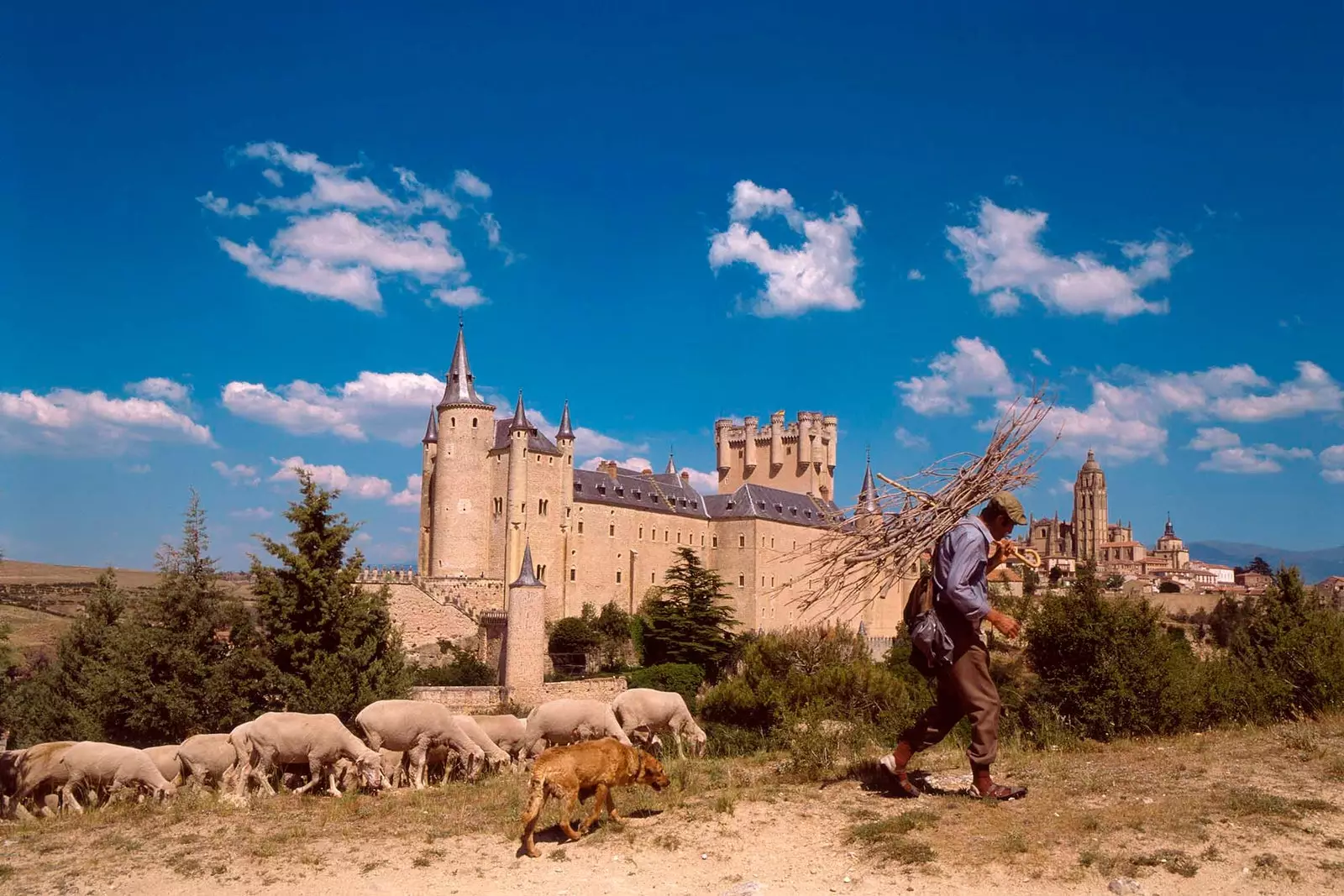
The royal glens cross beautiful landscapes
Willy raises his head and stretches his neck and ears to the south. Tomás knows his Belgian shepherd dog well. eight years old, and he knows that can only mean someone is coming. He thinks that his faithful companion always had that gift, even before deciding to name him - a tribute to the pirate "One-Eyed Willy" from the movie The Goonies (1985) -, and training him for his work.
While, his sheep graze peacefully, with their eyes fixed on the green grass that they devour without rest. Soon, some colorful figures appear behind a hundred-year-old oak. They are five cyclists riding good and powerful mountain bikes.
When they pass him, they all say good morning and the last one stops, takes off his sunglasses, smiles and asks him why. the distance they have left to reach Pedraza. “No more than 12 kilometers”, answers Tomás. "Thank you"… And he watches them walk away, while he thinks that, perhaps, his great-great-grandfather would have been more cautious if he had seen a group of five horsemen approaching, a century and a half ago.
In 1273, the king Alfonso X the Wise he approved a royal edict to regulate and define the use of the royal ravines. They had to have a width of 90 Castilian varas (72.22 meters) and travel long distances (always more than 500 kilometers).
This network of royal ravines, scattered from north to south throughout the Spanish geography, were used by shepherds to search for the best pastures according to the season of the year in which they are found.
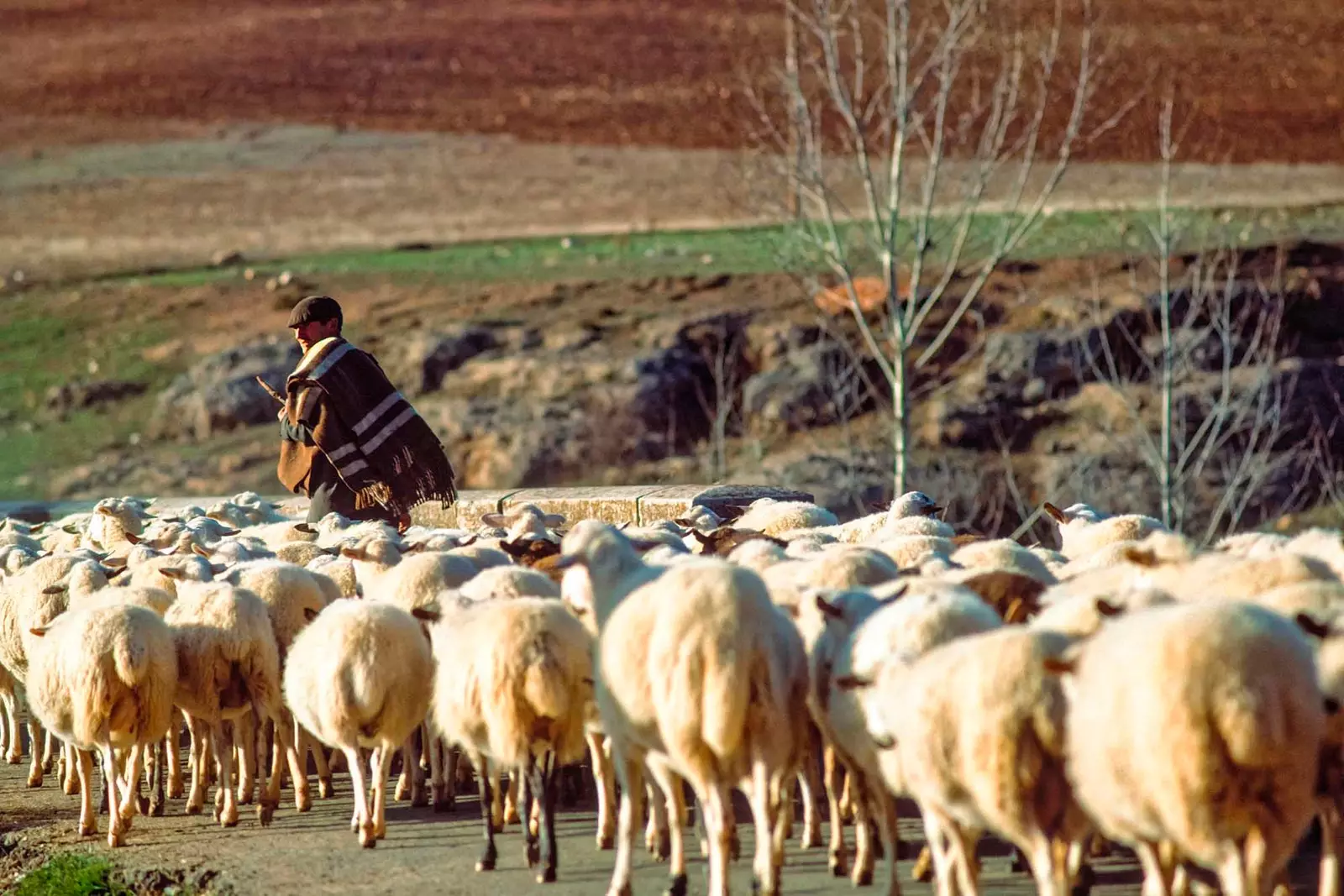
A stamp that remains unchanged
Today, although many of the ravines still exist, a large part of the sections have ceased to have the minimum extension of yesteryear or have been covered by modern urbanizations. For this reason, there are few shepherds who, like Tomás, continue to travel with their sheep along these romantic paths from another era.
However, lovers of sports and outdoor life use the old ravines to take bike routes that take them through beautiful landscapes, cities and historic towns and restaurants where good food is a must, rather than an option.
A perfect cycling route is the one that takes you to visit ** Pedraza , La Granja de San Ildefonso and Segovia.** Three heritage and architectural pearls separated by meadows, holm oaks and farms.
In Pedraza, a mighty castle built in the 13th century and deeply reinforced and enlarged by the Dukes of Frías in the 16th century, it dominates the beautiful medieval town, whose walls are still struggling to remain standing. A cobbled street leads from the castle to the Plaza Mayor, where the Romanesque tower of the church of San Juan tries in vain to reach the sky.
The slope means that, almost without pedaling, you reach the gate of the village , the only access to Pedraza since the 11th century.
After passing under it and tracing a couple of curves, the route leaves the asphalt to enter the Glen of the Plains . On both sides, the green of the meadows is the main protagonist. Some farmers still work here and there, taking care of their livestock, both sheep and cattle.
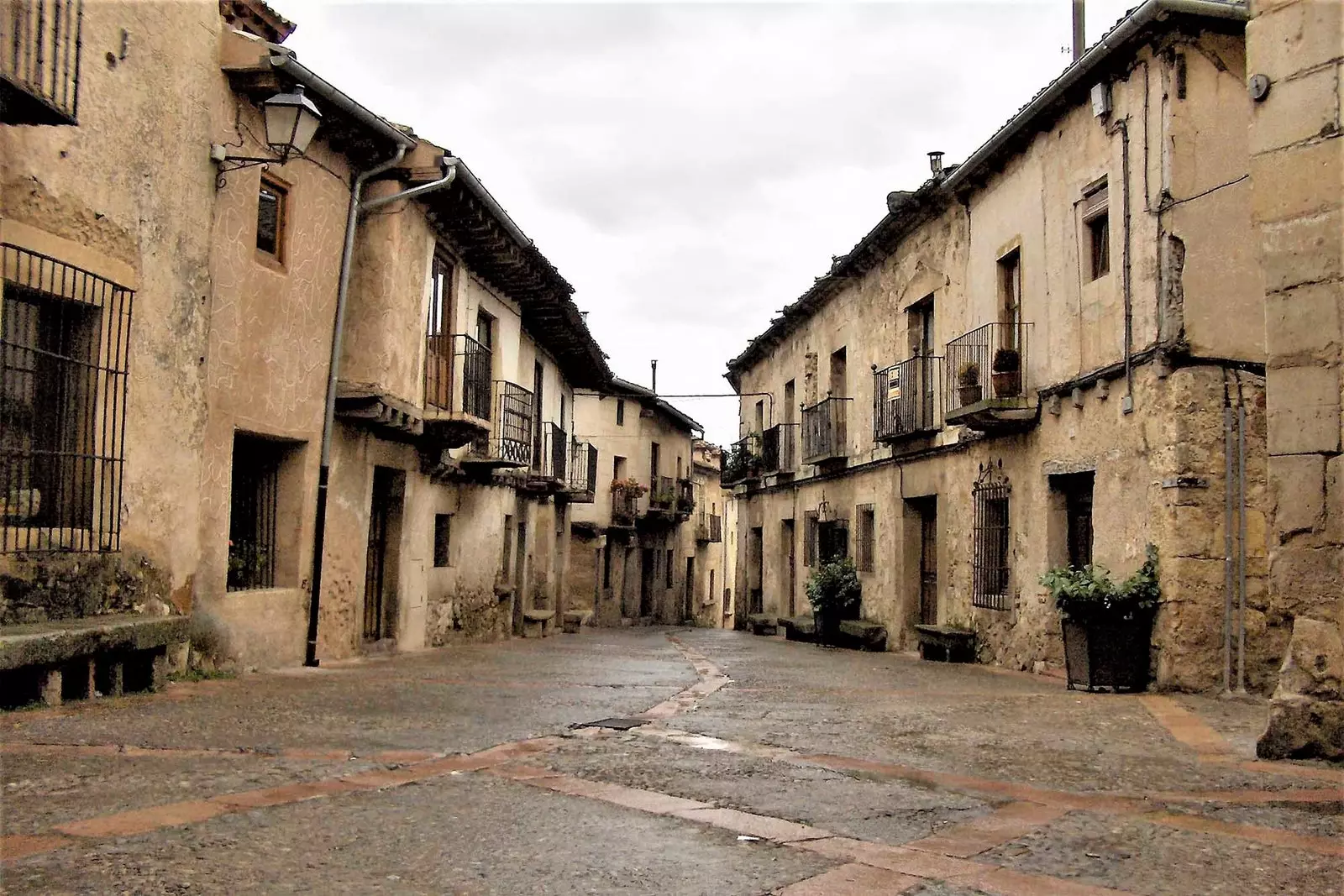
Pedraza Houses
The old ravine takes you to cross a couple of bridges over the transparent waters of the Las Pozas River and the small stream of La Vega, to reach the town of Valle de San Pedro. Here you return to the asphalt for a short stretch until, at the height of chavida , you return to the grass and the beautiful landscape framed by the imposing and irregular pointed peaks of the Sierra de Guadarrama.
The next human trail is Pelayos de Arroyo, famous for its 12th century church, a perfect example of Segovian rural Romanesque. And if you're hungry, it's time to stop at Torrecaballero s, because you will not eat better beans and suckling pig in this area than those served in the restaurant of the Farm El Rancho de la Aldegüela .
However, it may be better to continue a little lighter and wait at the end of the course to give yourself a good tribute.
Upon arriving at The Farm of San Ildefonso , you will not be able to stop admiring its two main monuments, both from the 18th century: the Royal Glass Factory and the magnificent palace erected by order of Felipe V. The Duke of Anjou, raised in the French court, wanted to replicate the architectural style of the Palace of Versailles . The fruit can be seen in its magnificent gardens full of fountains of the most varied shapes and sizes.
Back on the bike, it's time to pedal along the bike path that surrounds La Granja. Soon, you see yourself engulfed by the foliage of a beautiful forest through which a river runs that you cross over several stone bridges.
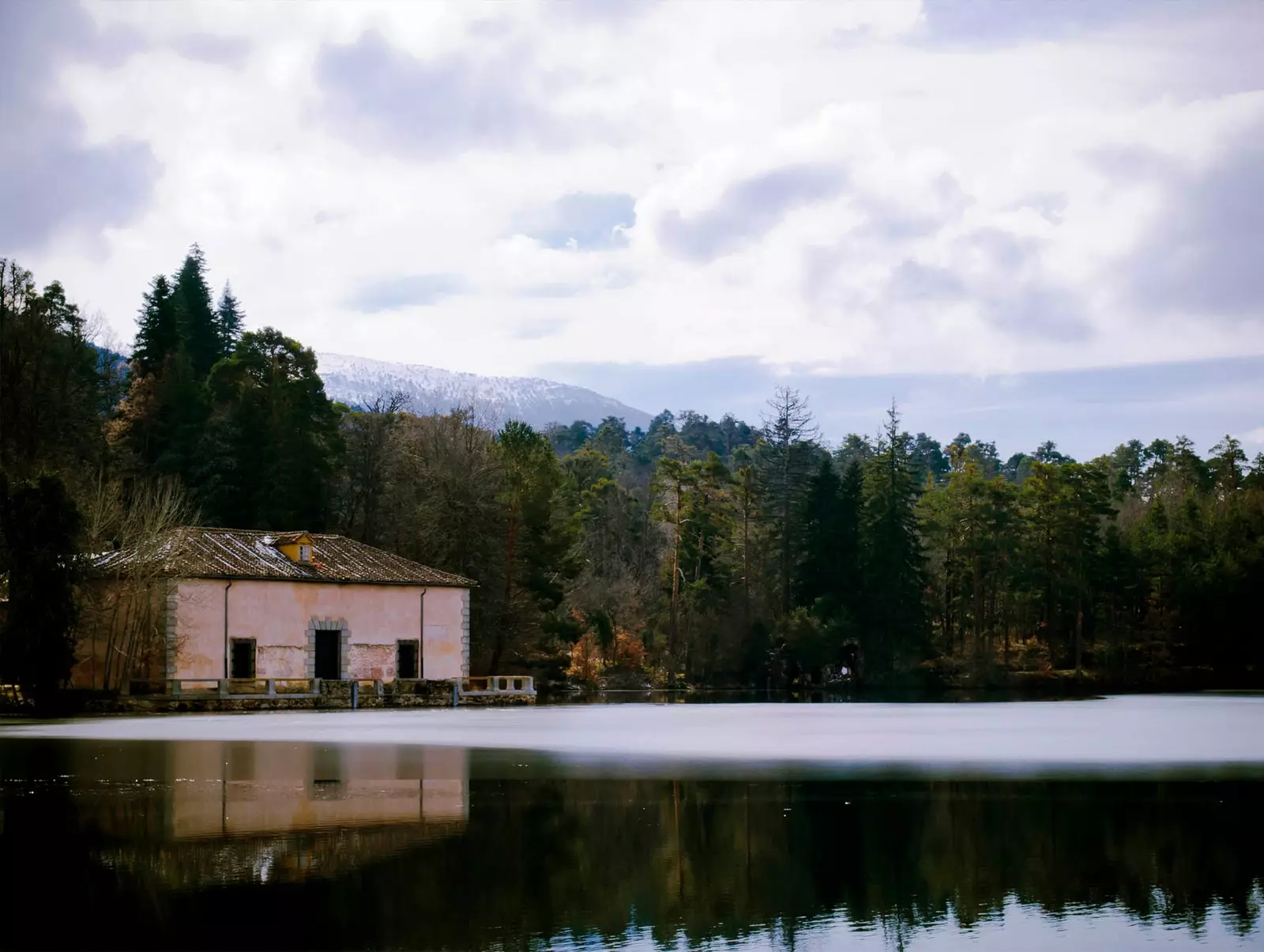
La Granja de San Ildefonso will leave precious landscapes in our retina
In this somewhat elevated area, there are a myriad of viewpoints that offer magnificent views of the fields, mountains and forests of the area. Take your time and enjoy some of them.
After leaving the forest, you return to a paved bike path that connects with Segovia and cross the bridge over the Pontón Alto reservoir. You leave the royal canyons for 12 kilometers of asphalt that leave you right in front of the Aqueduct of Segovia.
This magnificent civil work was built by the Romans in the 2nd century. Despite being almost two millennia old, the Segovian aqueduct has been bringing water to the city since the Fuenfría spring , located about 15 kilometers away, until just a few years ago.
It's time to leave the bike tied up and walk the Old City of Segovia , declared World Heritage by Unesco in 1985. The Jewish quarter, the Santa María cathedral or the Alcázar are just some of the jewels that you can enjoy in this city where Jews, Muslims and Christians lived together for many years.
Finally, the rest of the warrior takes you to the restaurant ** José María ,** a family business that has been preparing the best dishes of Castilian cuisine for almost 40 years. Do not forget to try their suckling pig cooked, with great care, over a slow fire.
There you will not find Tomás, who, as his father taught him, loves more to sleep in the open , under the twinkling stars that continue to illuminate some ravines that have changed forever.
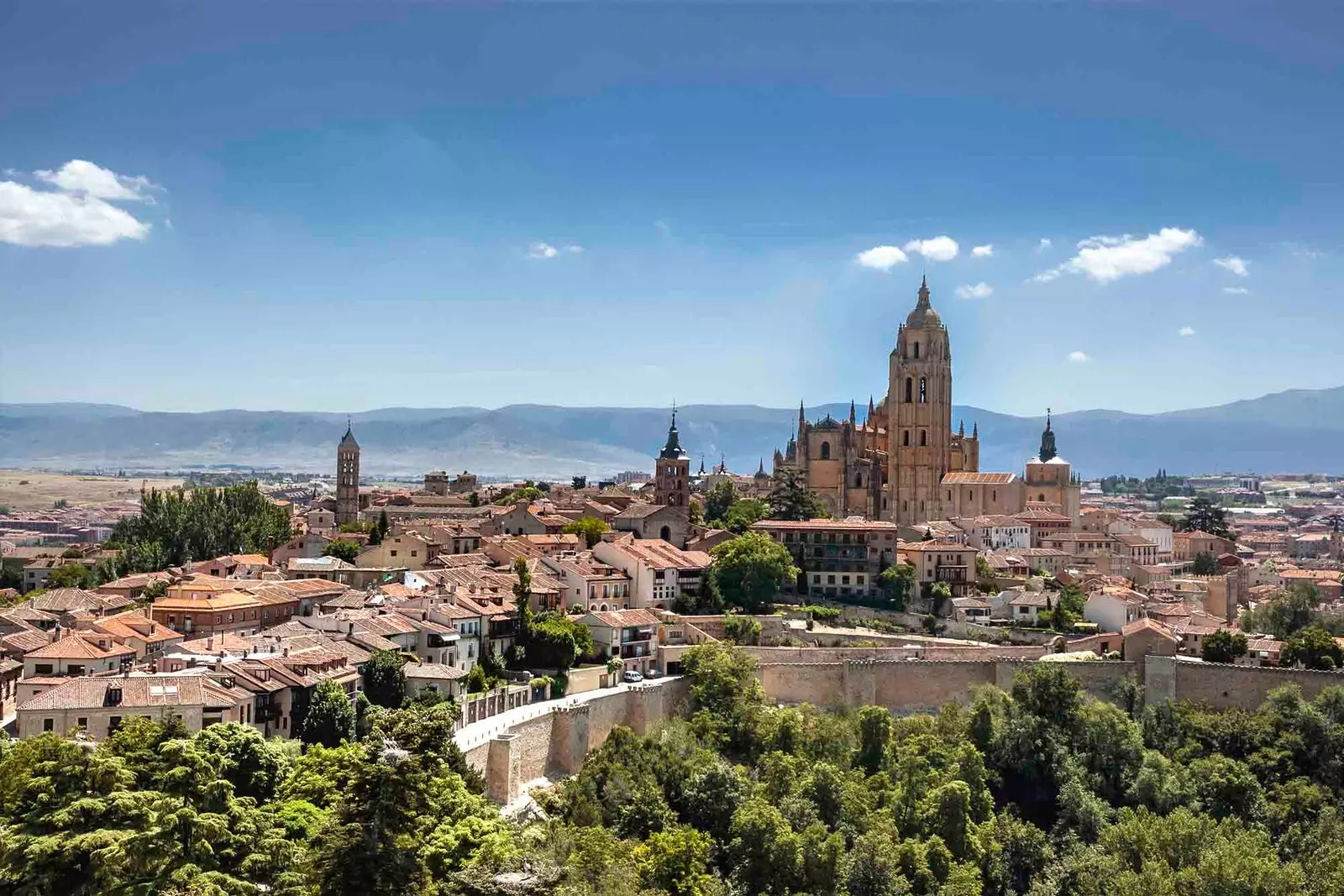
Segovia, the end of the journey
